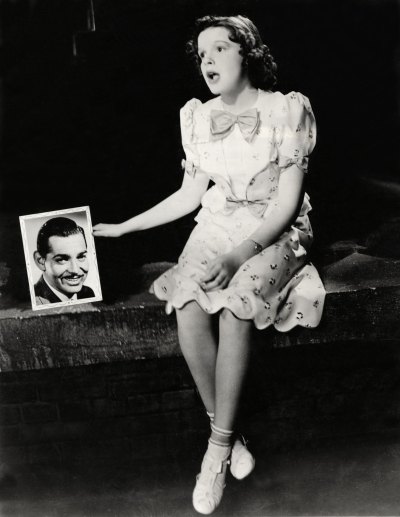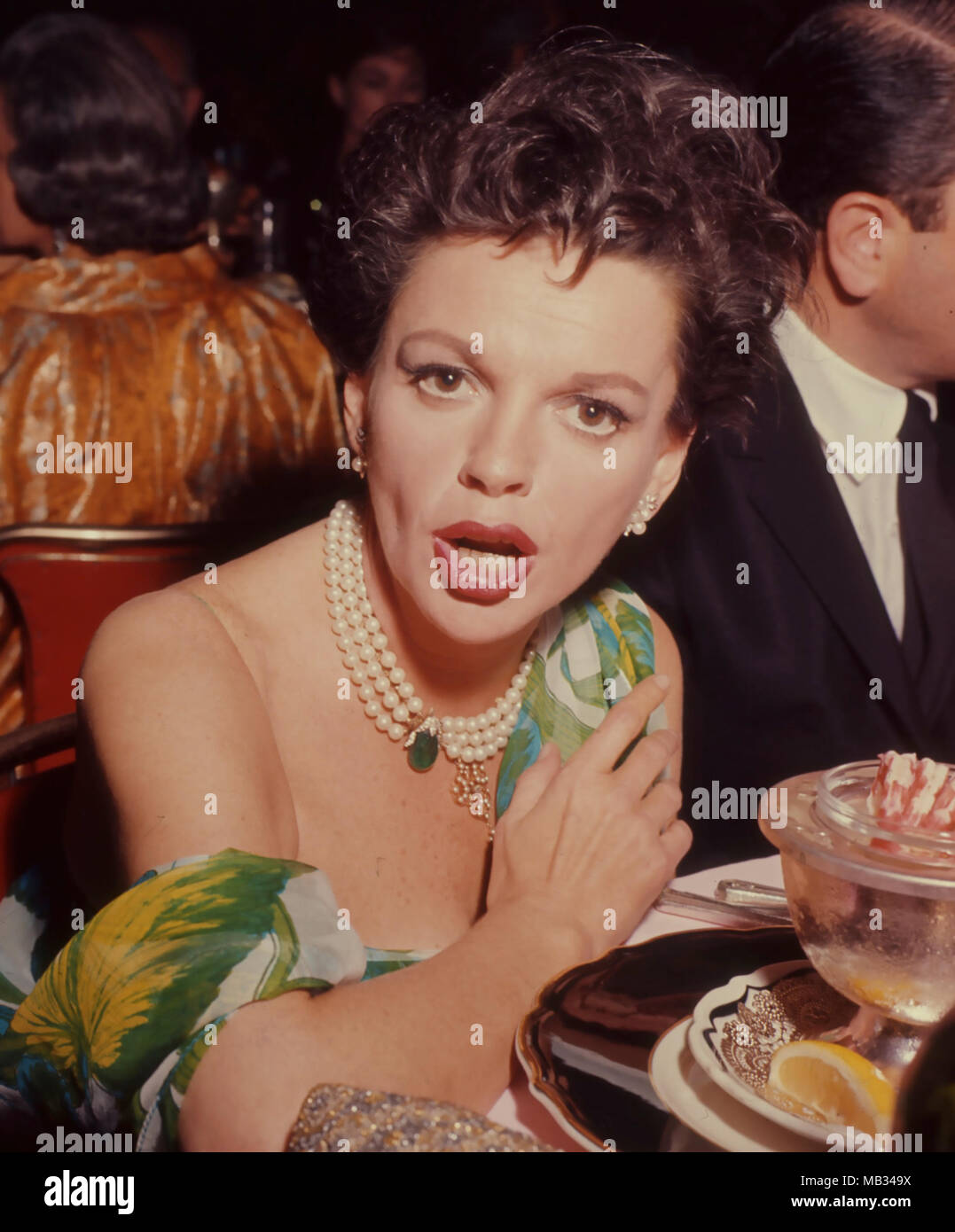Judy Garland's Journey Through Hollywood's Golden Era
Let me tell you a story about Judy Garland, a true icon of Hollywood's golden age. In 1935, when Judy signed her contract with MGM, she stepped into a world that was both dazzling and demanding. Her career would be a rollercoaster ride filled with unforgettable highs and heartbreaking lows. From the very beginning, America fell in love with her. First, she was the sweet girl who serenaded Clark Gable with a heartfelt song. Then, she became the beloved partner of Mickey Rooney, and finally, she was none other than Dorothy Gale in the timeless classic, The Wizard of Oz. But behind the glittering spotlight, Judy's 15 years at MGM were a whirlwind of work that left an indelible mark on her life. Unfortunately, many of those around her were too busy to notice the toll it was taking on her.
The Demands of Stardom
To get a better understanding of what Judy went through, I caught up with John Fricke, an author who's written extensively about her life. He explained, “Back in those days, being an MGM star wasn’t just about making movies. It was also about recording music, hosting national radio shows, and even touring to sell war bonds during World War II. By 1937, barely a year and a half after signing with MGM, they really ramped up her workload. As soon as one movie wrapped, she'd already be in rehearsals for the next one. This relentless pace continued well into the early 1940s. By the time she was 20, it all became too much, and she experienced her first nervous breakdown. There’s a studio memo from that time where her doctor advised her not to dance for six to eight weeks. But the studio executives weren’t so eager to slow down. One memo even quotes Judy’s mother, who was on the studio payroll, saying she thought Judy would be ready to dance in just three weeks. That gives you a sense of the pressure she faced. And let’s not forget, showing up late to the set wasn’t unique to Judy. Even big names like Norma Shearer, Greta Garbo, and Joan Crawford were known to be late. So, while it was a challenge, she wasn’t alone in that struggle.”

Judy's Breakthrough Role
Judy’s big break came in the form of Broadway Melody of 1938, which was released in 1937. In this film, she delivered a soulful rendition of “You Made Me Love You (I Didn’t Want to Do It)” to a scrapbook filled with pictures of Clark Gable. John explains, “This was a pivotal moment for her. She had been at MGM for over a year and was getting increasingly frustrated because they weren’t giving her any opportunities. She couldn’t even perform on stage due to her studio contract. Eventually, she and her mother decided to request a release from MGM, thinking she could always go back if things didn’t work out elsewhere. But there were reasons why everyone at MGM treaded carefully around her.”
Read also:Anderson Coopers Take On The Abbott And Costello Story
Why MGM Treated Judy With Care
John continues, “The main reason was Louis B. Mayer, the head of MGM, really had a soft spot for Judy. Producers were hesitant to cast her in their films because they were afraid if it didn’t go well, they’d be the ones blamed. No one wanted to take that kind of risk. So, during her first year at MGM, they made sure she was featured on several national radio programs. The reason? They believed that no movie audience would find it believable that a 13-year-old girl could sing with such maturity and power. By showcasing her on the radio first, they aimed to prepare audiences for the incredible talent that was Judy Garland. This strategy allowed them to gradually introduce her to the public, ensuring that when she finally appeared on the big screen, audiences were ready to embrace her.”
For more on Judy Garland, please scroll down.
Article Recommendations


